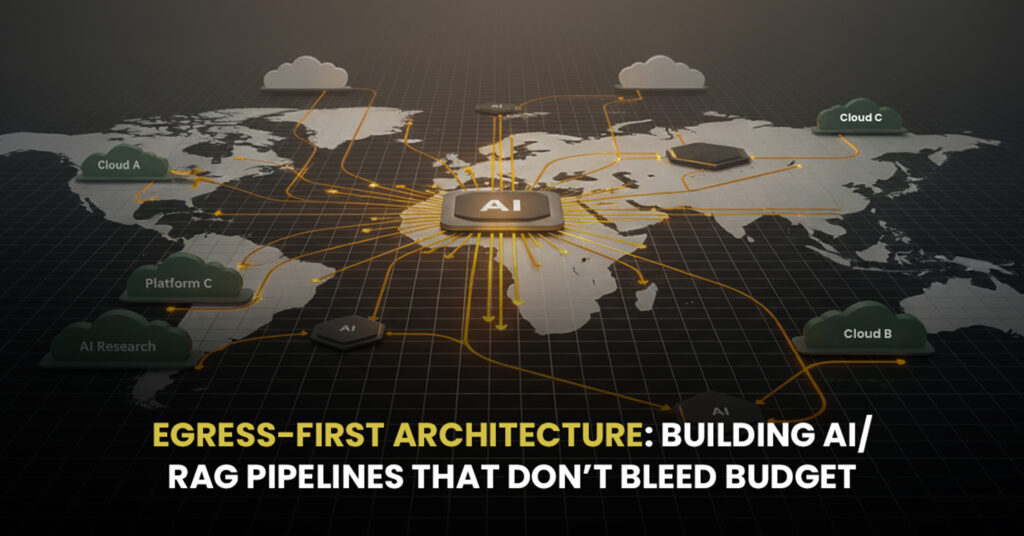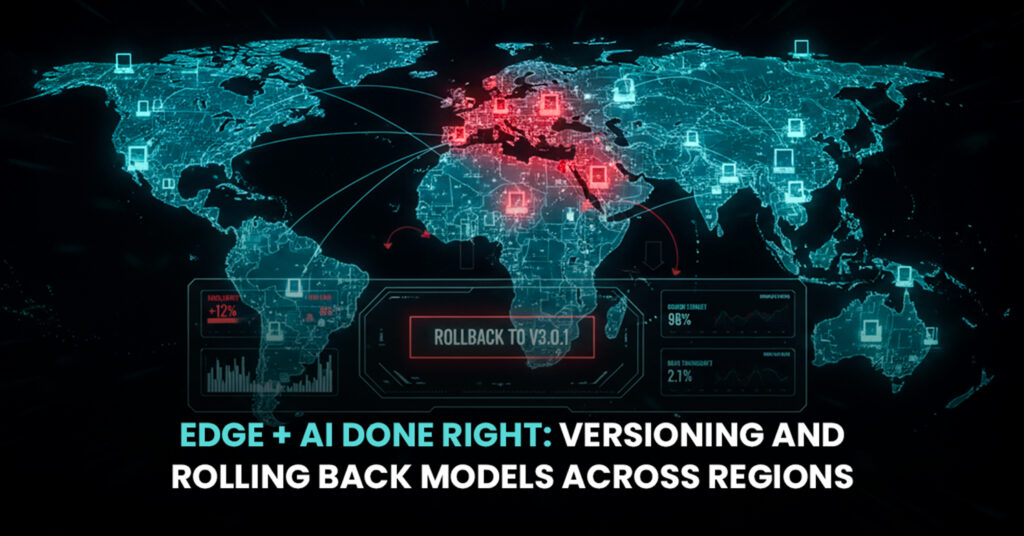Picture this: It’s 2 AM in Tokyo, and Kenji, a brilliant CTO at a fast-growing fintech startup, is hunched over his laptop, squinting at yet another wall of English-only cloud documentation. He’s trying to configure a critical API integration that should take 30 minutes, but three hours later, he’s still wrestling with technical jargon that doesn’t quite translate in his head. Sound familiar?
Here’s the kicker this scenario plays out thousands of times every day across the globe, costing the tech industry an estimated $62 billion annually in lost productivity. And yet, most of us just accept it as “the way things are.”
The $62 Billion Elephant in the Server Room
Let’s talk numbers for a second. According to recent developer surveys, 75% of the world’s programmers are non-native English speakers. Meanwhile, 95% of enterprise cloud documentation exists exclusively in English. Do the math, and you’ve got a massive disconnect that’s quietly sabotaging global tech adoption.
It’s not just about language proficiency even developers with solid English skills hit walls when diving into complex technical concepts. When you’re debugging a critical system at 3 AM, the last thing you need is to mentally translate “ephemeral storage allocation parameters” before you can even start troubleshooting.
Take the story of TechFlow GmbH, a German manufacturing company that recently shared their cloud migration experience. What should have been a straightforward 2-month transition stretched into a painful 6-month ordeal. The culprit? Their development team spent countless hours deciphering English documentation, leading to misconfigurations, repeated deployments, and eventually, a very frustrated board of directors asking why their “simple” cloud move was eating up so much time and budget.
Why Your Global Team Is Secretly Struggling
The hidden costs of language barriers in tech documentation go way beyond just time. Here’s what’s really happening behind the scenes:
The Confidence Crisis: When developers can’t quickly grasp documentation, they second-guess their implementations. This leads to over-engineering, excessive testing cycles, and a general reluctance to adopt new technologies even when they’re exactly what the project needs.
Support Ticket Overload: Poor documentation comprehension directly correlates with increased support requests. CloudServ.ai’s data shows that companies using English-only docs generate 3x more support tickets than those with localized documentation.
Innovation Paralysis: Teams stick with familiar (but potentially outdated) solutions rather than exploring new capabilities they can’t easily understand. It’s like having a Ferrari but only driving it in first gear because the manual’s in a foreign language.
CloudServ.ai’s “Aha!” Moment
This is where CloudServ.ai decided to flip the script entirely. Instead of just translating existing English docs (spoiler alert: that doesn’t work), they built something revolutionary a truly multilingual documentation ecosystem that thinks in different languages from the ground up.
“We realized that good translation isn’t about converting words; it’s about converting understanding,” explains Maria Santos, CloudServ.ai’s Head of Global Documentation Strategy. “A Japanese developer doesn’t just need our API reference in Japanese they need examples that make sense in their development context, error messages that align with their debugging thought process, and tutorials that respect their coding conventions.”
The Human-AI Hybrid Approach
CloudServ.ai’s secret sauce combines native technical writers with AI-powered automation, but not in the way you might think. Instead of machine-translating English content, they start with native speakers who understand both the technology and the cultural context of their target audience.
For instance, their German documentation doesn’t just translate “load balancer” it uses examples relevant to German data privacy regulations (GDPR considerations), references popular German hosting providers, and includes troubleshooting scenarios specific to European infrastructure patterns.
Cultural Context Is Everything
Here’s where it gets really interesting. CloudServ.ai discovered that effective multilingual documentation isn’t just about language it’s about understanding how different cultures approach problem-solving.
Their Japanese documentation emphasizes detailed step-by-step processes and comprehensive error prevention, reflecting Japanese development culture’s focus on thoroughness. Meanwhile, their Brazilian Portuguese docs feature more visual elements and collaborative troubleshooting approaches, aligning with the community-driven nature of Brazilian tech culture.
The Documentation Revolution in Action
So what does this multilingual magic actually look like in practice?
Smart Visual Design: Code snippets aren’t just translated they’re completely rewritten using naming conventions and architectural patterns familiar to each region. A Python API example for German developers might use different variable naming conventions than the same example for Brazilian developers.
Interactive Learning: CloudServ.ai’s documentation includes multilingual chatbots that don’t just translate queries they understand technical context in different languages. Ask about “scaling problems” in Portuguese, and it knows you might be referring to different architectural challenges than the same question in Korean.
Community-Powered Improvements: Each language version includes feedback systems where local developer communities can suggest improvements, report cultural mismatches, and contribute real-world examples that resonate with their peers.
Real Impact: The Numbers Don’t Lie
The results speak for themselves. TechVerde, a Brazilian fintech using CloudServ.ai’s Portuguese documentation, reduced their cloud onboarding time by 60%. Their development team lead, Carlos Mendoza, puts it simply: “For the first time, we could focus on building instead of translating.”
BMW’s digital transformation team in Munich reported similar success. Using CloudServ.ai’s German documentation ecosystem, they completed a multi-region deployment 40% faster than their previous English-only projects. “It wasn’t just about language,” notes their Cloud Architecture Lead, “it was about having documentation that understood our regulatory environment and infrastructure preferences from day one.”
A recent survey of CloudServ.ai’s multilingual documentation users revealed some eye-opening insights:
- 78% reported increased confidence when implementing new cloud features
- 65% said they now explore advanced capabilities they previously avoided
- 43% reduced their average time-to-deployment for new projects
The Ripple Effect: Changing the Game for Everyone
CloudServ.ai’s approach is doing more than just helping individual companies it’s democratizing access to advanced cloud technologies for non-English speaking markets that have been historically underserved.
Small startups in São Paulo can now compete with Silicon Valley counterparts because they’re not losing days to documentation confusion. European enterprises are adopting cutting-edge AI services faster because the implementation guides speak their language literally and figuratively.
This shift is forcing other cloud providers to reconsider their documentation strategies. AWS recently announced expanded localization efforts, while Google Cloud is piloting region-specific documentation projects. The industry is finally waking up to the fact that language accessibility isn’t a nice-to-have it’s a competitive necessity.
What’s Next: The Global Cloud Future
CloudServ.ai isn’t stopping here. Their roadmap includes expansion into Southeast Asian markets (Vietnamese and Thai documentation are in beta), African languages, and even specialized dialects for specific industries.
But the really exciting development is their AI evolution. They’re working on real-time documentation updates that can automatically localize new features as they’re released, ensuring that global teams get simultaneous access to the latest capabilities regardless of their preferred language.
Perhaps most importantly, CloudServ.ai has committed to open-sourcing their localization framework, potentially revolutionizing how the entire industry approaches multilingual technical documentation.
Your Move: Making Smarter Cloud Decisions
So what does this mean for you and your team? Here’s a practical framework for evaluating cloud providers through a language-inclusive lens:
The 5-Minute Test: Can a non-native English speaker on your team complete a basic setup task using only the provider’s documentation? If they’re reaching for Google Translate or asking colleagues for clarification, that’s your answer.
ROI Reality Check: Calculate the hidden costs of language barriers in your current setup. How many hours per month does your team spend clarifying documentation? How often do language misunderstandings lead to implementation delays? The numbers might surprise you.
Future-Proofing: As your company grows globally, will your cloud provider’s documentation grow with you? Or will language barriers become an increasingly expensive bottleneck?
The Bottom Line
The era of English-only cloud documentation is ending, and companies that recognize this shift early are gaining a significant competitive advantage. CloudServ.ai’s multilingual initiative isn’t just about translation it’s about inclusion, efficiency, and unlocking the full potential of global development teams.
Your brilliant developers shouldn’t have to choose between understanding documentation and shipping great code. In 2025, that’s not just a nice-to-have it’s table stakes for any cloud provider serious about global success.
Ready to give your team the cloud documentation they deserve? The future of truly inclusive cloud computing is here, and it speaks your language.
Want to see CloudServ.ai’s multilingual documentation in action? Check out their hands-on demos in over 12 languages, or reach out to their global support team they’re standing by in your preferred language, naturally.



